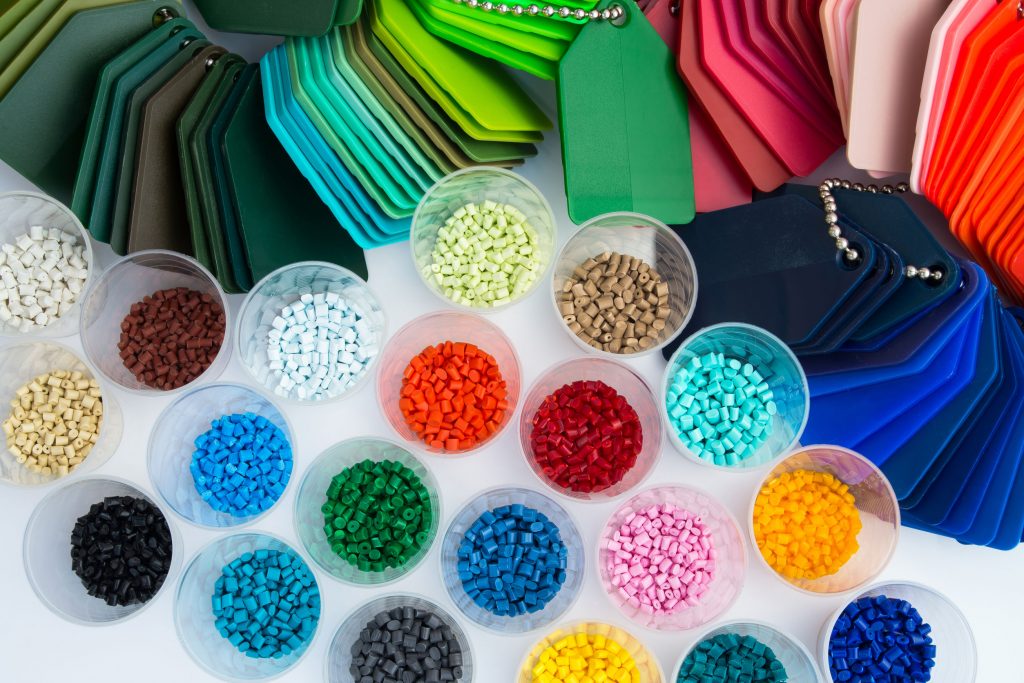Polypropylene is the second most popular plastic, making up 27% of all manufactured plastics. Phillips Petroleum claims it developed the polypropylene commercial process in 1951 when it was trying to figure out what to do with its natural gas reserves.
Polypropylene is cheap. It is made from the byproducts of the refining process in the presence of a chromium catalyst. It has a combination of physical, chemical, mechanical, thermal and electrical properties not found in any other thermoplastic.
But polypropylene was not an immediate success. Phillips Petroleum marketed its polypropylene under the trade name Marlex® beginning in 1954 but, at first, could not find a commercial purchaser. Marlex® inventories piled up in warehouses. Then a small toy manufacturer agreed to purchase some Marlex®. After giving out free polypropylene Hula Hoops in Southern California, the demand for Hula Hoops grew so fast that Wham O took six months of Marlex® production.
Polypropylene production then took off and is now used in thousands of products, from automotive battery cases and trays, bumpers, fender liners, interior trim, fluid reservoirs, appliance housings, food packaging, microwave cookware, bottles and containers, carpeting, crates, safety equipment, rope, sporting goods, sportswear, fuel tanks, motor oil containers, portable gas cans, wire insulation, household product bottles, outdoor furniture, toys, trash containers, biomedical waste containers, pharmaceutical syringes, medical mesh, tubing and catheters, concrete additives reducing cracks, highway barriers and pipes.
Because polypropylene is everywhere, people did not consider what would happen when it was placed inside the human body. Research shows that implanted polypropylene mesh will erode the tissue surrounding it over the uncertain period from days to years. Polypropylene has been found to degrade while in the body. The degraded material forms a bark-like shell on the mesh fibers and is prone to cracking.
The FDA has issued several warnings on the use of polypropylene mesh medical kits for certain applications in pelvic organ prolapse, specifically when introduced in close proximity to the vaginal wall due to a continued incase in the number of mesh-driven tissue erosions as reported by patients over the past few years.
One manufacturer states that its polypropylene is not be to used for medical containers, medical packaging, medical equipment, parts of in-vivo, or which come into contact with mucosa, body fluid or blood.
This blog post was submitted by Powell & Majestro P.L.L.C.



I have this medical mesh implanted in me. I am very ill. This is very serious. What has been done to so many lives? Patients, family, friends. Careers, relationships in the marriage, in the family. Unable to take care of the children. That’s the real story.
Meshocide is what it is.
MESHOCAUST will be the history.
COMMITTED by PHARMACEUTICAL and allowed by FDA. Most of medical profession paid OFF with money and other “benefits”. A piece of $2 plastic sold for as much as $9,000. No Standard of Care. Unadulterated GREED! Tens of thousands of patients. Millions off lives affected.